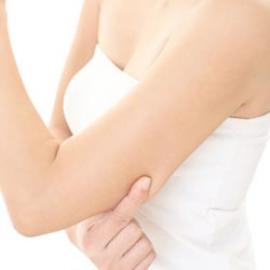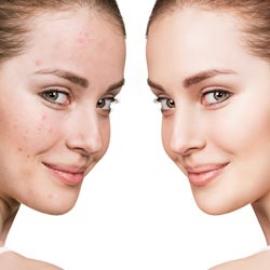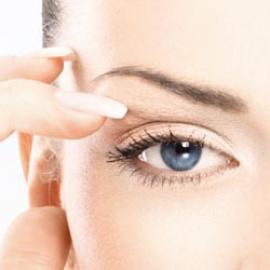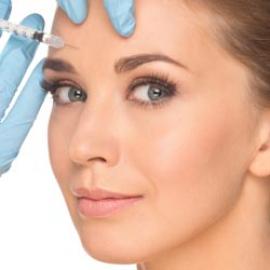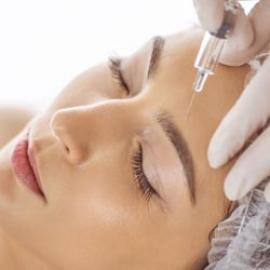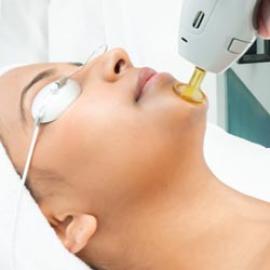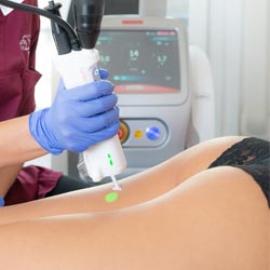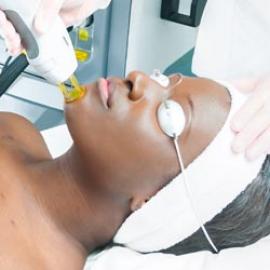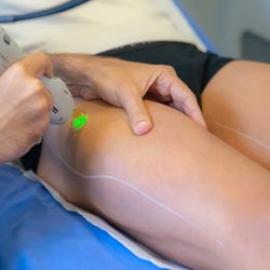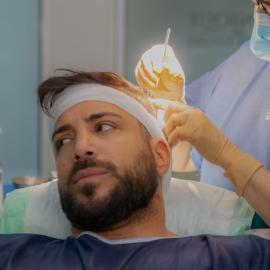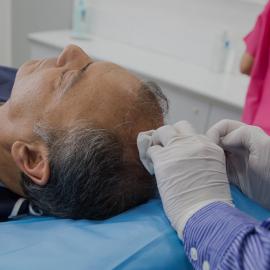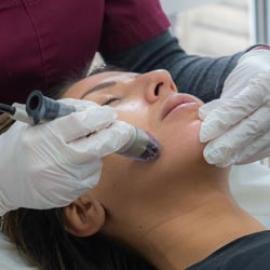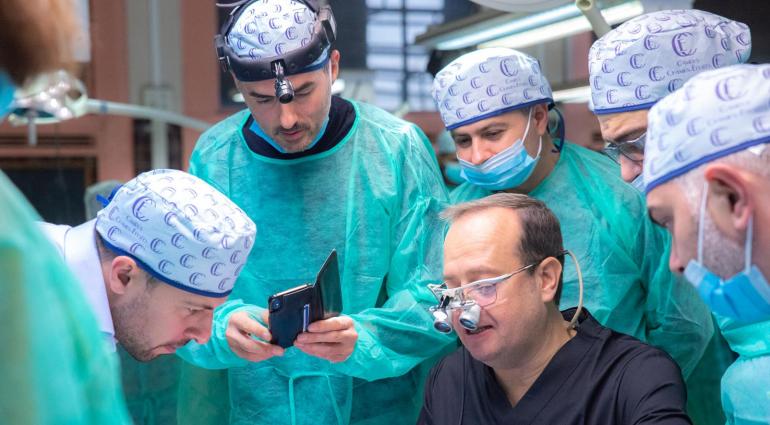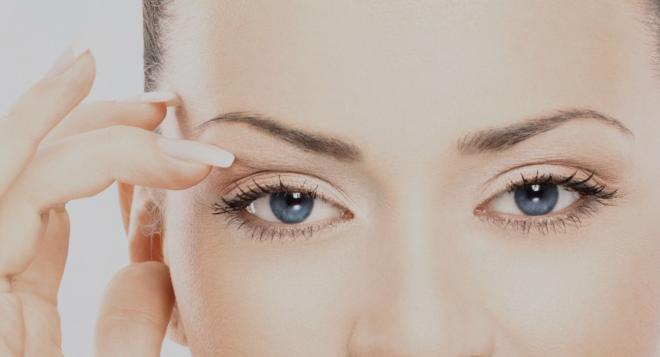
Whether children or adults, most persons have warts on their skin at some point in their lives. Warts are small growths on the skin that grow on the feet, hands, or face. Although they are benign and do not pose a health risk, it is prudent to have them treated by a specialist physician.
Warts: definition
Warts are small infections caused by the papillomavirus family virus. They occur on the surface of the skin, the epidermis, and form small, rough skin growths. White or pinkish red in colour, warts are fairly contagious.
What makes them special is that they can appear in different parts of the body. They are seen as vulgar when they appear on your hands, especially on the phalanges, fingertips, and nails. Plantar warts are placed on the soles of the feet, around the heel, the metatarsals or the toes. Warts, called condylomas, sometimes grow on the genitals. When warts occur in the contours of the eyes or mouth, they are called filiform warts.
Warts do not pose a health risk and, in most cases, they disappear on their own. But if warts become problematic or painful, there are treatments to deal with them.
Warts: causes
Warts are viruses that can quickly be transmitted. There are two ways to catch a wart. First, if the virus came into direct contact with your skin. If the epidermis has small lesions, such as cracks or cuts, then it is easier for the person to catch the virus. Second, the virus can be transmitted indirectly through objects or surfaces that have been contaminated by people infected with the virus (floors, towels, shoes, etc.).
There are more than 70 known wart strains. When the virus is caught by the body, it lodges in the epidermis. This induces an excess of the epidermis to develop, forming a rough skin lump.
Warts can also spread to various parts of the same body. If itching occurs, the patient will increase the risk of warts spreading across the area.
Warts: possible treatments
There are various possible treatments to get rid of warts. Many of these procedures are done by a dermatologist.
It is possible to treat warts with salicylic acid that has antiseptic properties. This allows the virus to be gradually eliminated in the epidermis.
It is also possible to use cold to destroy the warts that have formed. Dermatologists employ liquid nitrogen at a temperature of -196°C to do this. The nitrogen is introduced to the lump formed by the wart for around 5 seconds. The cold burns the tissues away, and the virus is killed. In a couple of days, the wart is expected to be absolutely gone.
However, these two solutions are not always very successful and treatment will continue for a long time without acceptable results. Fortunately, cosmetic medicine can now deliver techniques to get rid of warts quickly and thoroughly (CO2 laser, Plexr®).










